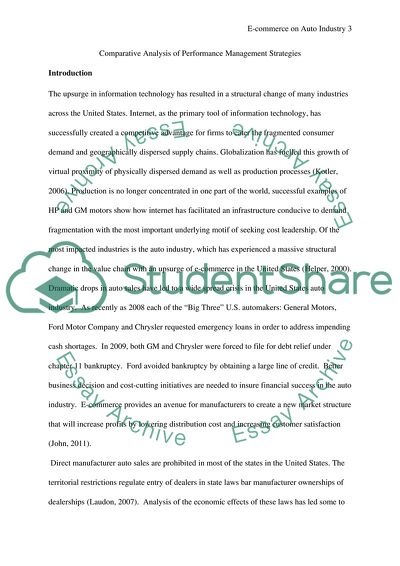Cite this document
(Information Technology and the Auto Industry: Comparative Analysis of Research Paper, n.d.)
Information Technology and the Auto Industry: Comparative Analysis of Research Paper. Retrieved from https://studentshare.org/information-technology/1765373-e-commerceinformation-technology-and-the-auto-industry
Information Technology and the Auto Industry: Comparative Analysis of Research Paper. Retrieved from https://studentshare.org/information-technology/1765373-e-commerceinformation-technology-and-the-auto-industry
(Information Technology and the Auto Industry: Comparative Analysis of Research Paper)
Information Technology and the Auto Industry: Comparative Analysis of Research Paper. https://studentshare.org/information-technology/1765373-e-commerceinformation-technology-and-the-auto-industry.
Information Technology and the Auto Industry: Comparative Analysis of Research Paper. https://studentshare.org/information-technology/1765373-e-commerceinformation-technology-and-the-auto-industry.
“Information Technology and the Auto Industry: Comparative Analysis of Research Paper”, n.d. https://studentshare.org/information-technology/1765373-e-commerceinformation-technology-and-the-auto-industry.


